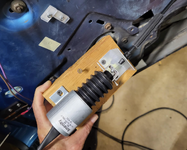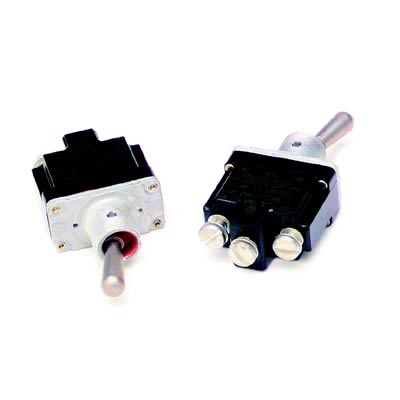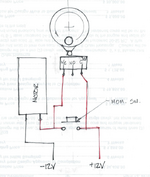phantomjock
Well-known member
That's a BIG Ashtray! 
Damn, that looks nice!
Right below the latch handle will be a popper solenoid. The car is a 68 so the latch/lock cylinder was a mechanical push button. I'm going to replace that with a push button (switch) to unlatch the door. It works but makes a sound like hitting a railroad spike with a sledge hammer. I am looking at ways to quiet that down. I received the new connector shells and replaced so I can continue with the gauge console.

Not sure why it would draw power unless it stay energized even after the cable is pulled.... basically it's an electron magnet - only draws to pull and shuts off once it's fully travelled its distance. To go the other way, the opposite magnet is energized..... if it didn't happen like that then you could have the Hyundai burning cars to the ground issue (their current recall - apparently if the switch to move the seat is held down, it never de-energizes so it eventually catches fire and burns the car down. No word whether anyone has considered that a true loss).
An intermittent switch makes contact when the button or toggle is push, when you let go it goes back to its normally open position.
There are one pulse switches if you search. They might not be high amps.



